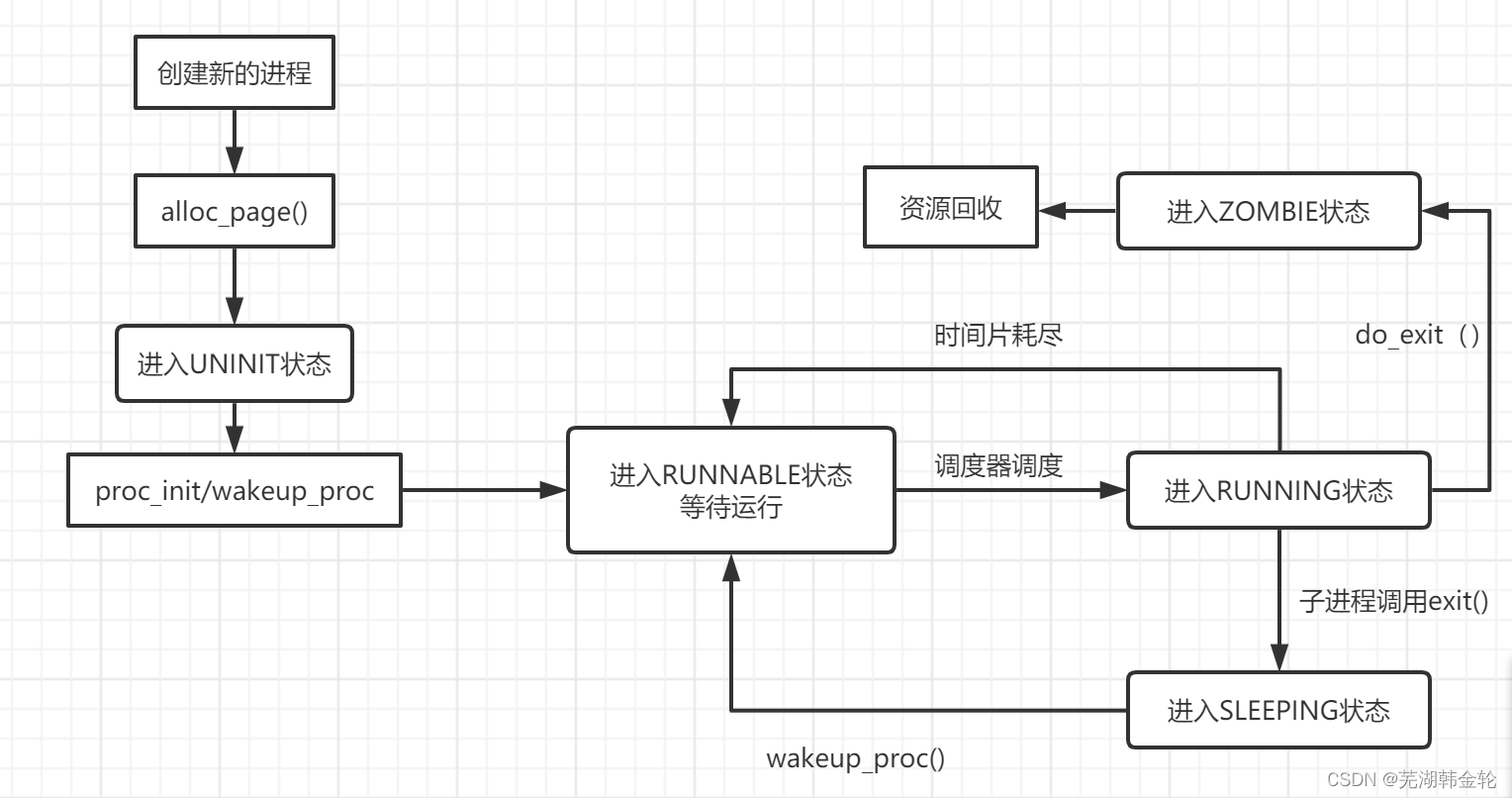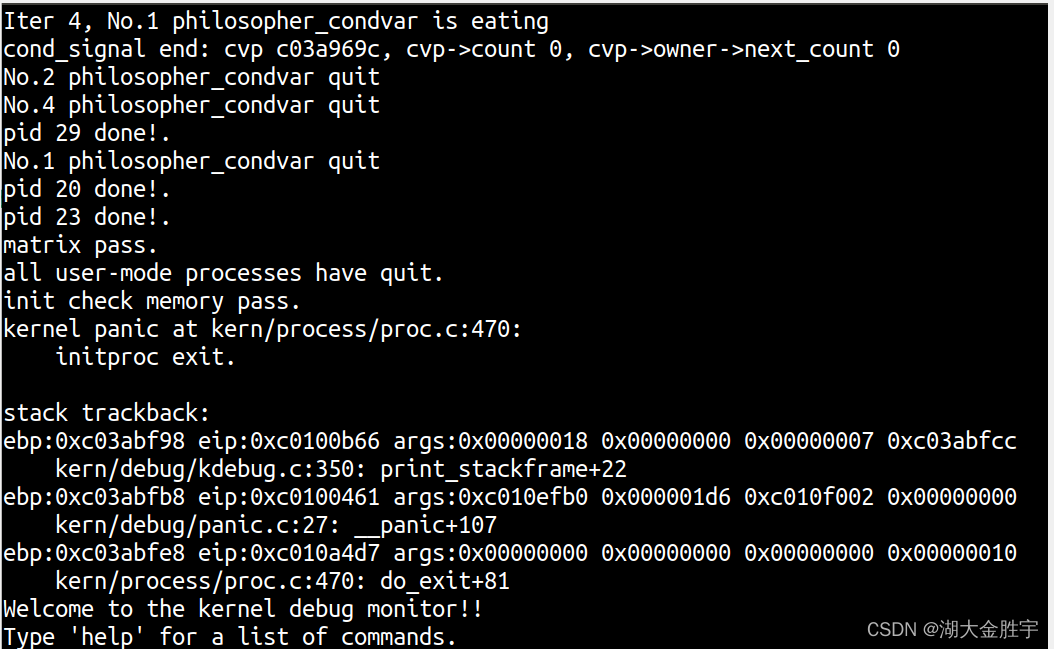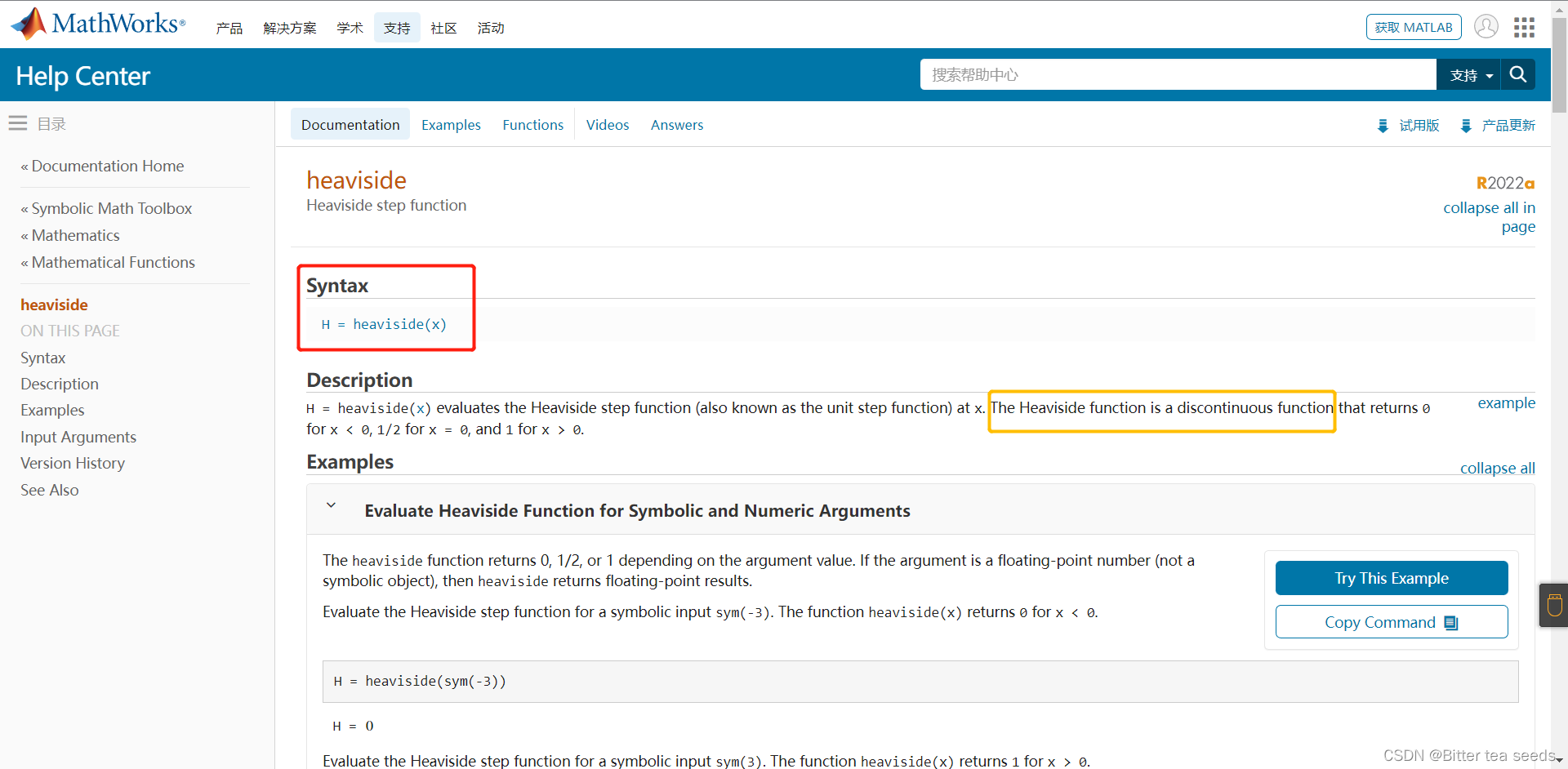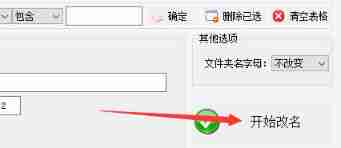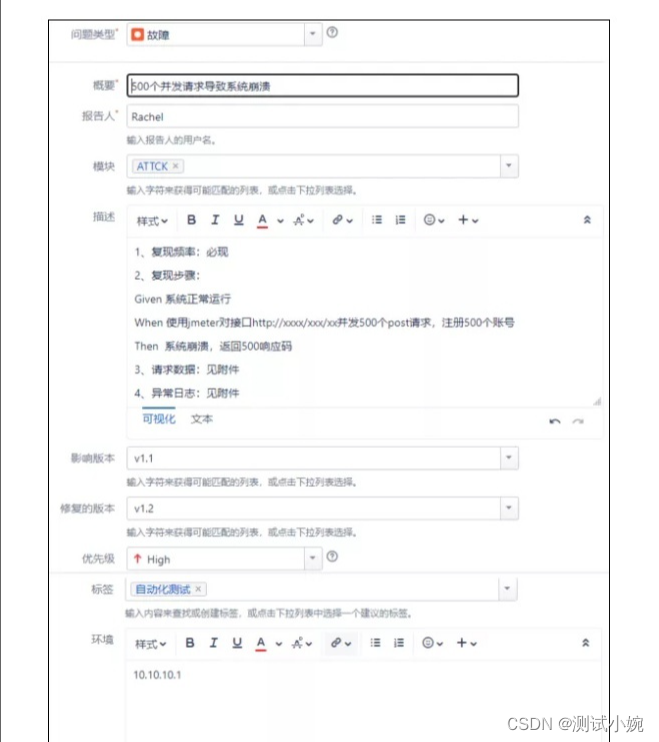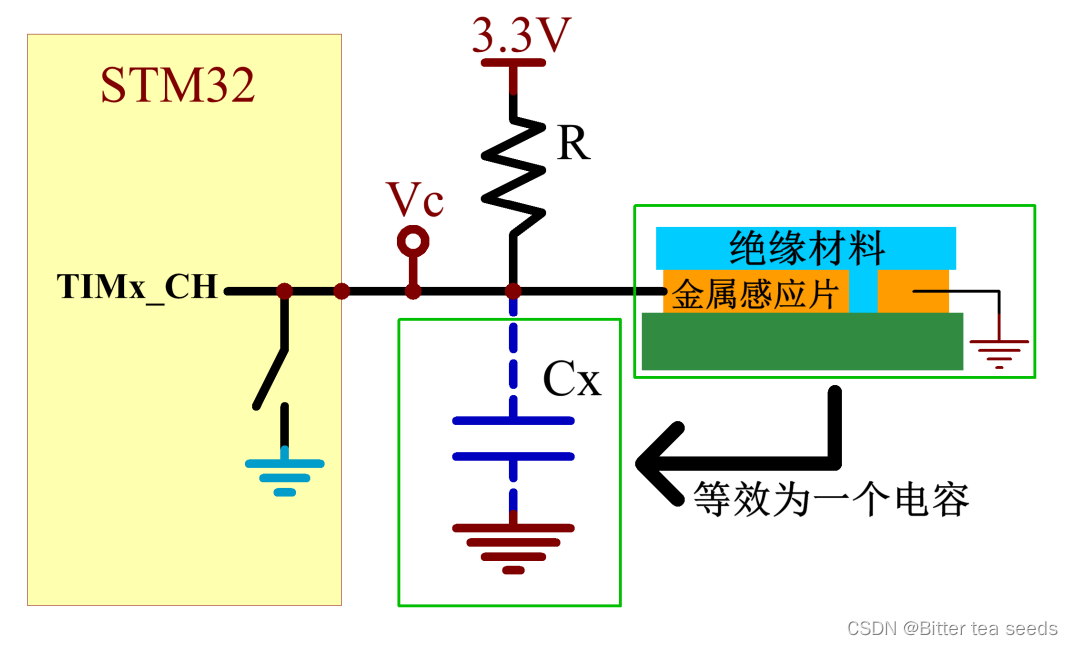当前位置:网站首页>Learning record: USART serial communication
Learning record: USART serial communication
2022-07-06 15:33:00 【Bitter tea seeds】
Catalog
1. Introduction to serial communication protocol
3.printf Support code for function
1. Introduction to serial communication protocol
For communication protocols , We also understand it in a hierarchical way , The most basic thing is to divide it into Physical layer and protocol layer . The physical layer specifies that the communication system has mechanical 、 The characteristics of the electronic functional part , Ensure the transmission of raw data on physical media . The protocol layer mainly specifies the communication logic , Unify the data packaging of both sender and receiver 、 Unpacking standard .
1.1 The physical layer
It's about understanding :RS-232 standard ,RS-232 The standard mainly stipulates The signal Use of 、 Communication interface and signal level standard .

Use RS-232 Common among standard serial port devices Communication structure , As shown in the figure below

In the communication mode above , Two communication devices “DB9 Interface ” The connection between them is established through the serial signal line , Used in serial port signal line “RS-232 standard ” Transmitting data signals . because RS-232 The level standard signal cannot be directly recognized by the controller , So these signals go through a “ Level conversion chip ” Convert to something the controller can recognize “TTL standard ” The level of the signal , To communicate .
1.2 Level standard
According to the level standard used in communication , Serial communication can be divided into TTL Standards and RS-232 standard ;

It is often used in common electronic circuits TTL The level standard of , ideally , Use 5V Represents binary logic 1, Use 0V To express logic 0; In order to increase the ability of long-distance transmission and anti-interference of serial communication ,RS-232 Use -15V To express logic 1, +15V To express logic 0. Use RS232 And TTL Level calibration represents the comparison of the same signal , As shown in the figure below .

Because controllers generally use TTL Level standard , So we often use MA3232 Chip pair TTL And RS-232 Level signals are converted to each other .
2. Protocol layer
The data packet of serial communication is sent by the sending device through its own TXD Interface to the receiving device RXD Interface . In the protocol layer of serial communication , Specifies the content of the packet , It starts from the beginning 、 Subject data 、 Check bit and stop bit , The data packet format of both communication parties shall be consistent in order to send and receive data normally ,

3.printf Support code for function
// Add the following code , Support printf function , You don't need to choose use MicroLIB
#if 1
#pragma import(__use_no_semihosting)
// Support functions required by the standard library
struct __FILE
{
int handle;
};
FILE __stdout;
// Definition _sys_exit() To avoid using semi host mode
void _sys_exit(int x)
{
x = x;
}
// redefinition fputc function
int fputc(int ch, FILE *f)
{
while((USART1->SR&0X40)==0);// Cycle to send , Until it's sent
USART1->DR = (u8) ch;
return ch;
}
#endif 4.usart.h Program
Define the maximum number of bytes received 200;
#define USART_REC_LEN 200
Receive buffer , Maximum USART_REC_LEN Bytes . The last byte is a newline character ;
extern u8 USART_RX_BUF[USART_REC_LEN]; Receive status flag ;
extern u16 USART_RX_STA;Can make (1)/ prohibit (0) A serial port 1 receive ;
#define EN_USART1_RX 1 usart.c and usart.h Function program in column Stm32 In the study notes Blog 《 Learning record : Serial communication and solutions to errors encountered 》 Yes .
5.main.c The main function
#include "led.h"
#include "delay.h"
#include "key.h"
#include "sys.h"
#include "usart.h"
int main(void)
{
u16 t;
u16 len;
u16 times=0;
delay_init(); // Delay function initialization
NVIC_PriorityGroupConfig(NVIC_PriorityGroup_2); // Set up NVIC Interrupt grouping 2:2 Bit preemption priority ,2 Bit response priority
uart_init(115200); // The serial port is initialized to 115200
LED_Init(); //LED Port initialization
KEY_Init(); // Initialize the hardware interface connected with the key
while(1)
{
if(USART_RX_STA&0x8000)
{
len=USART_RX_STA&0x3fff;// The length of data received this time
printf("\r\n The message you sent is :\r\n\r\n");
for(t=0;t<len;t++)
{
USART_SendData(USART1, USART_RX_BUF[t]);// Serial port 1 send data
while(USART_GetFlagStatus(USART1,USART_FLAG_TC)!=SET);// Wait for the end of sending
}
printf("\r\n\r\n");// Insert newline
USART_RX_STA=0;
}
else
{
times++;
if(times%5000==0)
{
printf("\r\n Focus on Bitter tea seeds\r\n");
printf("USART— A serial port communication \r\n\r\n");
}
if(times%200==0)printf(" Please input data , End with enter \n");
if(times%30==0)LED0=!LED0;// flashing LED, Indicates that the system is running .
delay_ms(10);
}
}
}
First, determine the global variables USART_RX_STA Whether the highest position of is 1, If 1 Words , Then it means that the previous data reception has been completed , The next step is to send our customized receive buffer data to the serial port .
while(USART_GetFlagStatus(USART1,USART_FLAG_TC)!=SET);The above code is after we send a byte , To check whether this data has been sent .
6. Experimental phenomena

边栏推荐
猜你喜欢
随机推荐
Which version of MySQL does php7 work best with?
Mysql database (I)
Collection collection and map collection
How to build a nail robot that can automatically reply
Research Report on pharmaceutical R & D outsourcing service industry - market status analysis and development prospect forecast
Brief description of compiler optimization level
ucore lab 6
Mysql database (IV) transactions and functions
LeetCode#268. Missing numbers
ucorelab3
What is "test paper test" in software testing requirements analysis
The wechat red envelope cover designed by the object is free! 16888
MySQL数据库(三)高级数据查询语句
Visual analysis of data related to crawling cat's eye essays "sadness flows upstream into a river" | the most moving film of Guo Jingming's five years
Do you know the advantages and disadvantages of several open source automated testing frameworks?
ucore lab7
What if software testing is too busy to study?
Eslint--- error: newline required at end of file but not found (EOL last) solution
What are the commonly used SQL statements in software testing?
学习记录:TIM—电容按键检测

